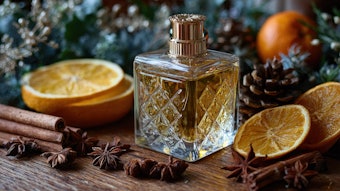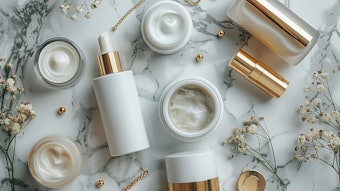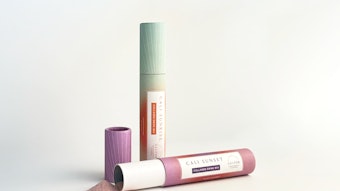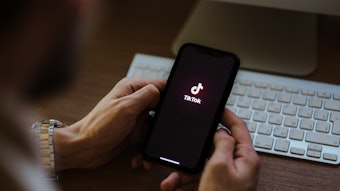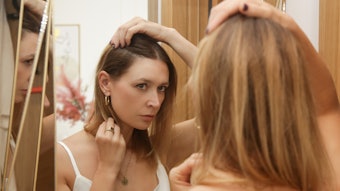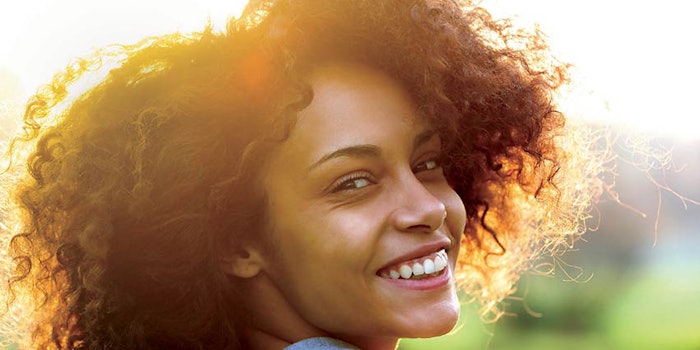
North America has been a melting pot of cultures and ethnicities for centuries, but it wasn’t until now that the continent’s diverse minority groups became prominent drivers of trends in the personal care industry. The strong influence minority groups have on the industry is expected to keep growing for several reasons.
1. Growing Populations
The United States is forecast to become a majority-minority nation with the next 30 years, according to the U.S. Census Bureau. As of 2014 census numbers, African Americans are the second-largest minority group in the United States, making up a bit less than 15% of the population. The largest ethnic minority is Hispanics, which make up 17% of the population, with forecasts predicting that share to grow to 28% by 2050.*
2. Increasing Product Use
African Americans may make up a relatively small slice of the current U.S. population, but that hasn’t stopped them from becoming a heavy influencer of cosmetic trends. Think about all the attention that color cosmetics for darker skin tones and hair care products that address multicultural needs have been getting—they’re popping up on store shelves more quickly now than ever before.**
According to Kline research, Hispanics are the most brand-conscious ethnic group, in part because they’re rooted in a culture with a strong focus on beauty. U.S.-born Hispanics outspend both foreign-born Hispanics and non-Hispanics on personal care products.*** As a result, multicultural personal care products are projected to grow at a higher rate than the general industry.
3. Natural Resurgence
Mintel reports that 50% of black consumers agree that their hair is an important part of their identitye. That’s one reason why many smaller brands are doing very well in the marketplace—they’re focusing on connecting with consumers on a cultural level and addressing their customers’ specific hair concerns.
These brands’ success is also due to the fact that the natural hair look is trending for both African Americans and Hispanics. After the craze of the keratin-straightening system, the current natural trend, which is stronger than ever among minority groups, is all about liberating hair’s natural curls. As a result, many consumers are transitioning from a relaxed to a natural look, which drives sales of products designed for curly hair and products that repair dry and damaged hair.
Maintaining curls requires additional styling products and conditioners. Leave-in conditioners are an extremely important application to consumers in Latin America and especially in Brazil, where they’re referred to locally as combing creams, and make up 38% of all conditioners, according to Mintel.
Combing creams are applied to wet hair before styling and offer a variety of benefits including detangling, moisturization, shine enhancement, anti-frizz and enhanced curl definition. Used in addition to a leave-in conditioner, a combing cream can be reapplied throughout the day to refresh curls.
Combing creams aren’t just a Brazilian trend—they’re also coming to the United States to meet the needs of Hispanic consumers who are embracing the natural hair look.
4. Strength and Repair
We also see an increase in the use of styling products that allow for hairstyle variations, as well as general conditioning, strengthening and moisturization for hair that is typically dry and prone to breakage. To support this need, 26% of global hair care products launched in 2010 through the first half of 2016 used claims for damaged hair.**** Moreover, use of claims for damaged hair globally rank in the top five hair claims for products launched in 2016.
As a result, formulators and brands require excellent, proven conditioning solutions for damaged hair. Ideally, these solutions have been tested on a broad range of hair types, including color-treated hair, and are globally compliant, high-performance, cost-effective and customizable to support brand positioning with additional actives like proteins, botanicals or oils that cater to customer needs and drive purchasing behavior.
The Innovator’s Role
The marketplace for ethnic hair care is certainly a place every savvy innovator wants to be, but formulating for a wide range of ethnicities can be a real challenge for brands.
Unique ethnic groups have specific hair characteristics and morphology. The shape of the hair cuticle can be round, oval or flat, and can span a large size distribution even on the same head. Hair types vary in level of oiliness and overall style from curly to wavy to straight, and in some cases can be a mixture of each.
These variations result in distinct hair needs and can cause performance variations in ingredients used in hair care products. For these reasons, it is important to test products on different ethnic hair types to show efficacy.
To address the hair care needs of the multicultural consumer, formulators are building formulations with versatile products that stand up to testing, meet global regulations and cater to the unique needs of these growing populations. It’s important to keep in mind that hair from different ethnicities has distinct conditioning needs, based on the differences observed in morphological characteristics—this is especially true when hair has been damaged from thermal styling tools, chemical processes or hair coloring.
Staying Relevant
To continue to gain traction and remain relevant in a changing cultural landscape, formulators are catering to the needs of the growing multicultural population. Using versatile hair care products that work for a broader range of ethnicities and focusing on repairing damaged hair is a must in the current marketplace.
*Sources: Census.gov Facts for Features: CB15-FF.18 Sep 2015
**Consider, for instance, Pantene’s partnership with R&B/soul singer Jillian Hervey for its #StrongIsBeautiful campaign, which offered insights into strengthening curls and fighting frizz, Sephora’s “It’s a Curl Thing” textured hair care online portal or, most recently, MAC’s partnership with Empire actress Taraji P. Henson on a line of products including mascara and lipstick, highlighter and bronzer, and liquid eyeliner. –Editor
***Nielsen Newswire “Hispanic Consumers are the ‘Foundation’ For Beauty Category Sales” Feb 2015
****Mintel GNPD, August 2016; www.mintel.com

